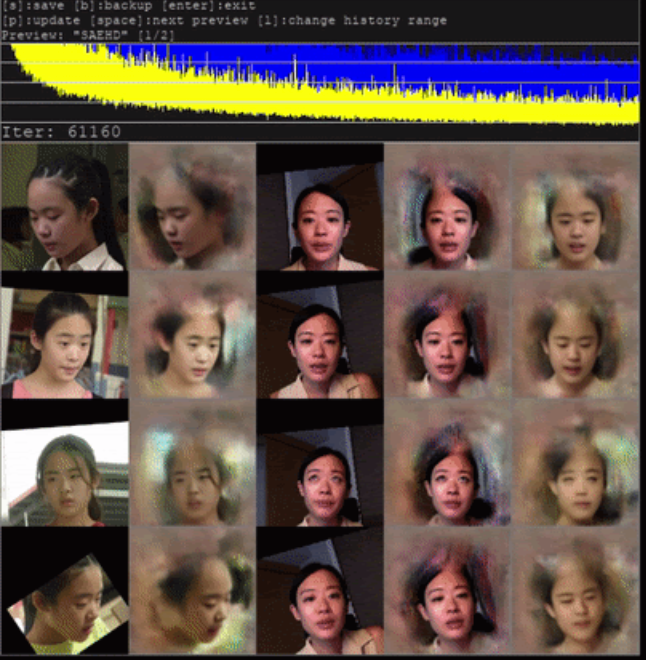Soultari's Reflections on Cloud Residency
- Soultari Farid
- 2021年6月14日
- 讀畢需時 4 分鐘
During the 5 weeks of this residency, my conversations with my co-resident, Charmaine Poh and facilitator, Yu Wan-Lun allowed me to probe further into my explorations on archives and gender. From my previous 2 blog entries ("Much to Say About Old Films" ; "Invitation to Transmogrify"), it is clear that in this residency stint I wanted to do a close reading of a particular dancing excerpt from a Malay film in the 1950s. I must first say that there are an abundance of archival materials of Malay dance from the particular era of the 1950s-60s. These films have been referenced to death: I feel that it is one of those things people are proud to talk of its existence ("we have these archives!") and something that people tend merely gesture as reference but, in all honesty, has done little to engage deeply with these archives.
I proceed with my exploration with an argument that these materials are not seen as "archival documentation" as it still exists and are accessible today via youtube and mainstream media. They are defining examples par excellence of Malay culture (a living nostalgia); and secondly it exists as nothing more than an abstraction of cultural pride. For the latter, any activity of deep engagement would mean having to endorse certain deviances or unruly behaviour, most times gendered, that might tarnish this happy, glorified idea. I posit that the Primadonna, the solo singer-actress-seductress, who has free will to move around, engage with patriarchal figures such as the Sultans and the audience of his honourable men, is a figure of power that might not be easy to tame. Hence, I too feel that the the absence of the Primadonna in the art dances of today, is a statement only prizing bodies that are passive and conforming. With that in mind, I wanted to bring out the figure of the Primadonna, through this residency, to resurrect her from her untimely demise, to allow her suppressed power to be unleashed and recognised. What's most important here is to also recognise her worth beyond the community of her supposed successors who have kept her mum for too long and allowing others to acknowledge what she represents and stand for.
Allowing her presence to linger
I work with .GIFs as a way to allow for the visual to linger via repetition. I selected 7 parts from a dance excerpt and made it into GIFs so that I might study her movement closely without the burden of manual play and re-play. This is a wonderful activity, as I regard the composite actions of pressing play, stop, carefully return to the specific millisecond, and re-play, as distractions to the embodiment of a particular moment. The .GIFs allowed me to keep working on perfecting the gestures, poses and characterisations. With this I was able to observe even the minute details and slightest change in character.
In allowing her presence to linger, the task of repetition become a ritual. It was Wan-Lun who reminded me of the "ritual". As an anthropologist, I recognise the importance of ritual and how repetition and rites of passage is necessary for its successful occurrence. I feel that this is something, as practitioners, we take for granted. The ritual as a necessary mode of being and enacting are important elements of embodiment.
Seven GIFs I provide here 7 Gifs, I have selected of Rahmah Rahmat the actress-dancer in this film. To select these parts, I had to activate my own memories and experiences, growing up within the Malay dance world. I asked, (i) what are some of the movements that seem peculiar? (ii) what are some gestures and characterisation that are interesting? (iii) when scrutinised even closer, what are some of the "micro" elements?







Some attempts After identifying these particular moments, I went ahead to learn these gestures and tried my best to embody them. I found very interesting moments in attempting these gestures. It does feel very familiar but yet very different. And this is due to the sort of training I and others of my generation have been exposed to. It must be said that art dances are performed mostly on stage and the absence of a camera lens means that movements are no longer performed in such "micro" manner as audiences are spectating at a distance. Hence micro-gestures are no longer needed. What is expected now are movements which occupying more space and further extended so that it can be seen from afar. At the same time, due to the changing preferences of appealing to global audiences, a penchant for lines and acrobatic feats have become quite a norm in Malay dance training. Thus, it is no surprise that my embodiment of these "micro" movements caused me to feel quite peculiar and different. I provide here some examples of my own attempts. I have deliberately made my .GIFs slower to acknowledge how the body is slowly transforming to become the Primadonna.
It is still early days, but I personally feel that the witnessing of these movements are enriching and also pointing to something "more" that I have yet to discover.




Feel free to share with me your thoughts too!



留言